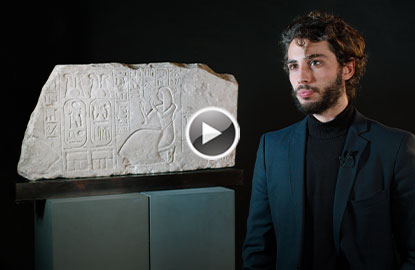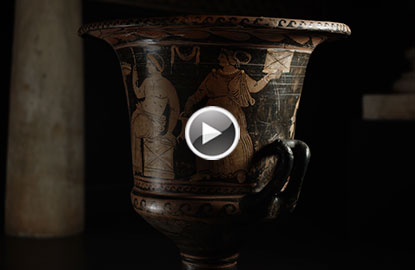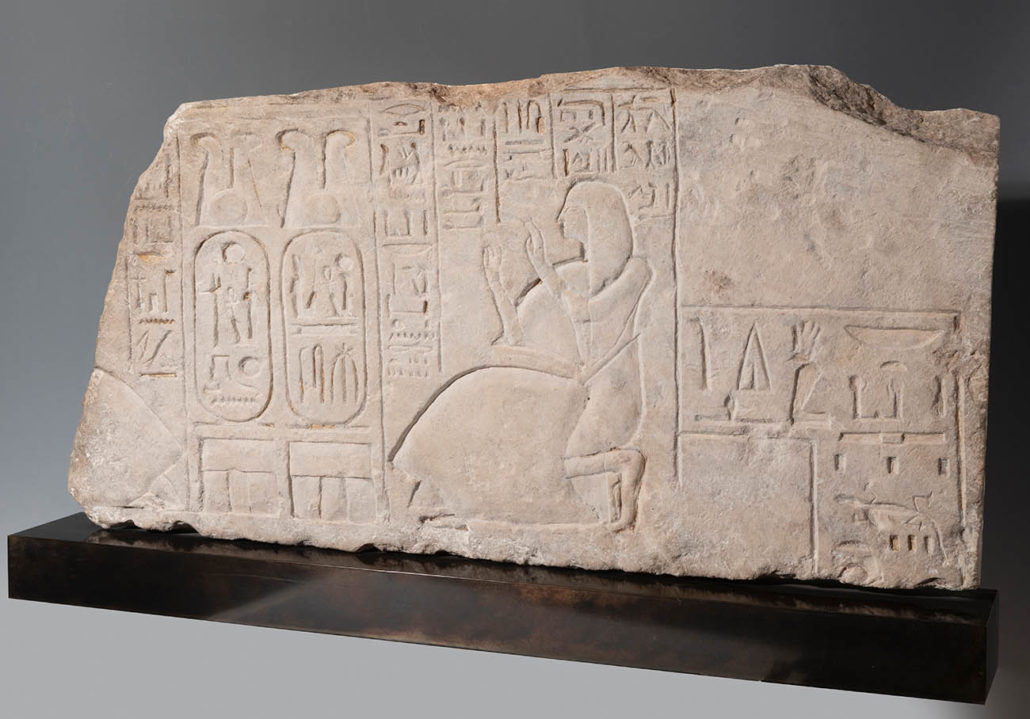Egypt and the search for eternity
The Arabs, centuries after the decline of Egypt, created an ancient proverb that defines the subject at hand very well: “Man fears time, but time fears pyramids.” Not without reason the saying reveals a reality and that is that the pyramids of Gizeh are the only one of the monuments of the famous ancient seven wonders that has survived to this day. The survival of these colossi is due to the unique and unprecedented effort of an entire people united under the same idea, eternity.
The finite concept of life provoked in this civilization the feeling of seeking continuity, once it had ended. Their deep faith and conviction together with a mythology capable of answering the questions that disturbed them and the firm hope in a “beyond” that could perpetuate the existence of the soul. Art was undoubtedly the best tool to represent not only the idea that we put forward but also the indispensable means to achieve it. If we thought for a moment about our existence once we have died, we would tend to arrive at the paradox of how we can exist if we do not breathe, but we can continue with our routines and our lives. The Egyptian people solved that question by assuming that life continued in a world parallel to this, perfect and unfettered by the present, which was the prize for life according to truth and virtue. In fact, this is how our protagonist presents himself.
On the same day a collection of archaeological pieces is auctioned in Setdart in which we can travel from Egypt, through Greece and Rome until reaching America.
Do not forget to visit our online gallery to see all the pieces that will be tendered on March 10.
Pahuen, beyond the titles with which he is shown and his status within the Egyptian establishment, does so as a man according to the truth, like his father, Nezh. An Egyptian’s letter of introduction, even if it spewed some propaganda, was the support to ease the way on his journey to the other world. The journey had to be supported by all the rites that followed his departure, such as mummification or the construction of a tomb.
It was necessary to maintain the image of the person either in a sculpture or preserving the body, seeing his face in a relief or on the lid of his sarcophagus. Of course the most important thing, that your name will not be forgotten. The value of a person’s name in ancient Egypt was something of fundamental relevance, because if it was forgotten, it could not continue its journey. . Remaining in the memory of his relatives and his people once he was not there should be literally set in stone and by all the means at his disposal. For example the ushabtis, a common element of the grave goods, used to include the name of the owner as well as other elements such as furniture and other utensils or jewelry. The hieroglyphs, inscriptions or texts that covered the sarcophagi, the walls of the tombs or the temples served as much to guide in the trip to the afterlife as to make sure to be remembered and, therefore, alive. Perhaps all these efforts have not been so far from their purpose. For example, in this same auction we have the opportunity to look face to face into the eyes of the masks that once covered their faces, have in our hands the sculptures with their names and that would accompany them and, of course, the same Pahuen who after three thousand years it is still remembered.





